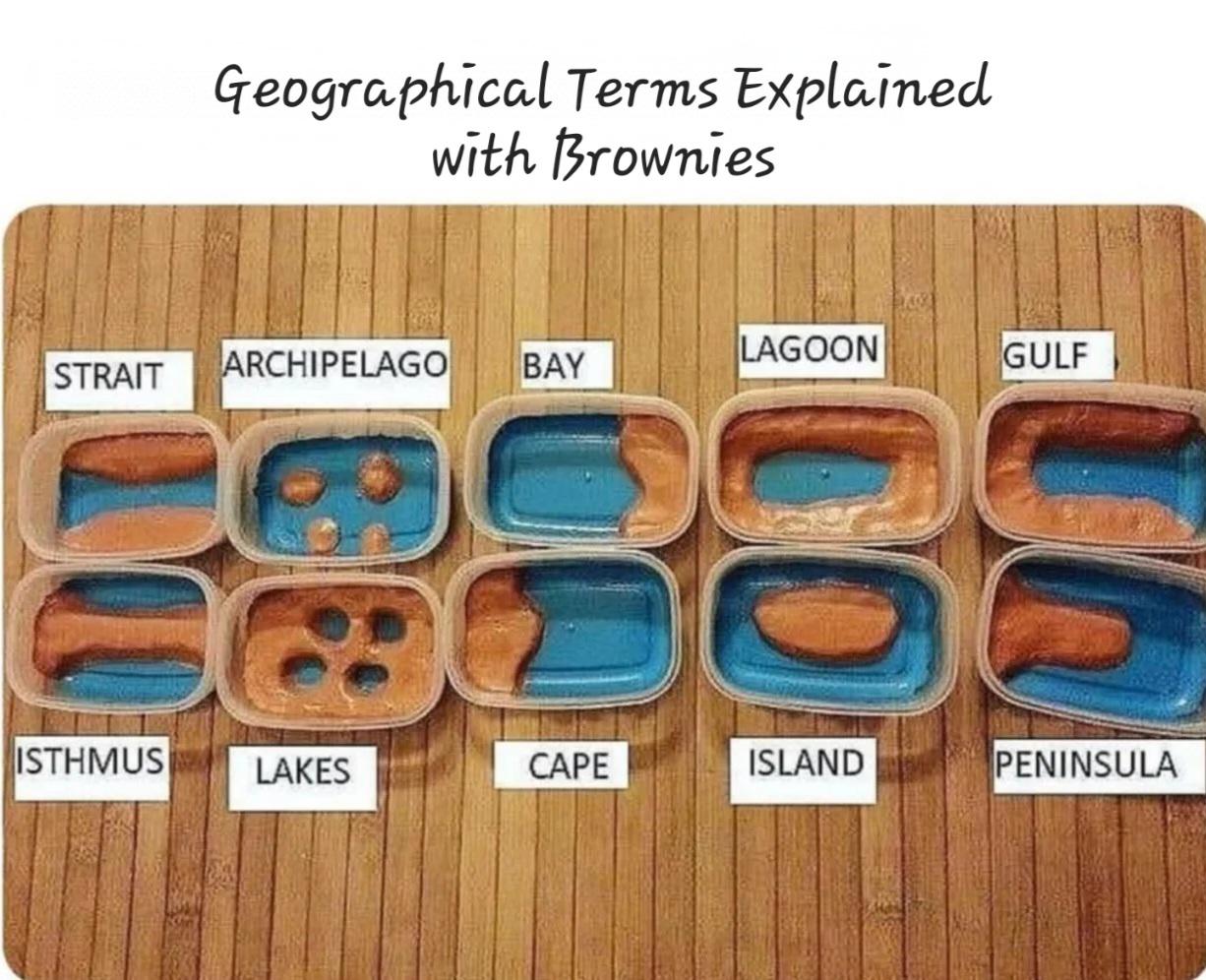Food Distribution Map of the United States


David Chen
Data Visualization Specialist
David Chen is an expert in transforming complex geographic datasets into compelling visual narratives. He combines his background in computer science ...
Geographic Analysis
What This Map Shows
The "Delicious and Informative!" map provides a comprehensive visualization of food distribution across the United States, highlighting regions that are renowned for specific culinary delights. From the cornfields of the Midwest to the seafood-rich coasts of New England, this map illustrates where different types of food originate and how they contribute to local economies and cultures. The visualization showcases not just the geographical spread of food production but also the interconnectedness of agriculture, trade, and dietary preferences across various states.
Deep Dive into Food Production and Distribution
Food production is a crucial aspect of any economy, but it is also deeply tied to culture, tradition, and sustainability. In the U.S., the agricultural landscape is as diverse as its population, producing a vast array of food items that vary by region. The Midwest, often referred to as the "Corn Belt," leads the nation in corn production, primarily used for animal feed and biofuel. Interestingly, this region's flat terrain and fertile soil make it ideal for large-scale farming.
On the other hand, California stands out as the nation's leading producer of fruits and vegetables. With its Mediterranean climate, it produces nearly half of the U.S. fruits, including strawberries, grapes, and avocados. This abundance not only supports local consumption but also contributes significantly to exports, making California a vital player in the global food market.
Meanwhile, the Southern states are famous for their rich agricultural heritage, producing staples like cotton, peanuts, and sweet potatoes. What's fascinating is how these crops have influenced local cuisines, with dishes such as gumbo and cornbread reflecting the available ingredients.
The Northeast, especially New England, is known for its seafood, thanks to its proximity to the Atlantic Ocean. The fishing industry here is a critical economic driver, with lobster, scallops, and clams being the highlight of regional dishes. The cultural significance of seafood in this area is profound, as it ties back to the traditions of Native Americans and early settlers.
However, food distribution does not end at production. The logistics of getting food from farms to tables is a complex web involving transportation networks, storage facilities, and market systems. With the rise of technology, many producers are now utilizing direct-to-consumer models, allowing for fresher products and potentially higher profits. For instance, food delivery services and farmers' markets have surged in popularity, reshaping how consumers access food.
Regional Analysis
Looking closely at the map, we can see distinct regional patterns emerge. The Midwest's corn and soybean dominance contrasts sharply with the fruit and vegetable variety found in California. In the South, the emphasis on livestock and grains paints a different picture altogether. Each region not only boasts its unique production capabilities but also reflects its cultural nuances.
For example, Texas stands out not just for its beef production but also for its barbecue culture, which is a significant part of its identity. Similarly, the Pacific Northwest is renowned for its sustainable fishing practices and wine production, particularly in Washington State. This regional diversity enriches the American culinary landscape, offering a wide spectrum of flavors and dishes.
Interestingly, urban areas like New York City and Chicago serve as critical hubs for food distribution, where products from various regions converge. The density of restaurants, food markets, and specialty stores in these cities showcases the culinary diversity made possible by effective food distribution networks.
Significance and Impact
Understanding food distribution is vital for several reasons. First, it highlights the importance of local economies and food security. As climate change poses challenges to agricultural productivity, knowing where food comes from can help communities adapt and ensure sustainability. Moreover, the ongoing discussions around food equity and access bring attention to food deserts, areas with limited access to fresh produce.
As we move forward, the implications of food distribution will continue to evolve. Trends towards organic farming, sustainable practices, and the farm-to-table movement are reshaping how food is produced and consumed. The COVID-19 pandemic has further accelerated these changes, prompting more consumers to seek local and fresh options.
In conclusion, the "Delicious and Informative!" map serves as a vital tool for understanding the intricate web of food production and distribution in the United States. It reminds us that our food choices are deeply interconnected with geography, culture, and sustainability, shaping not just our plates but also our communities and environment.
Visualization Details
- Published
- August 13, 2025
- Views
- 92
Comments
Loading comments...